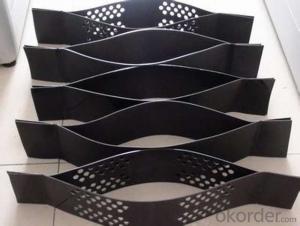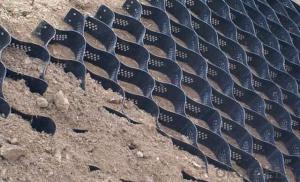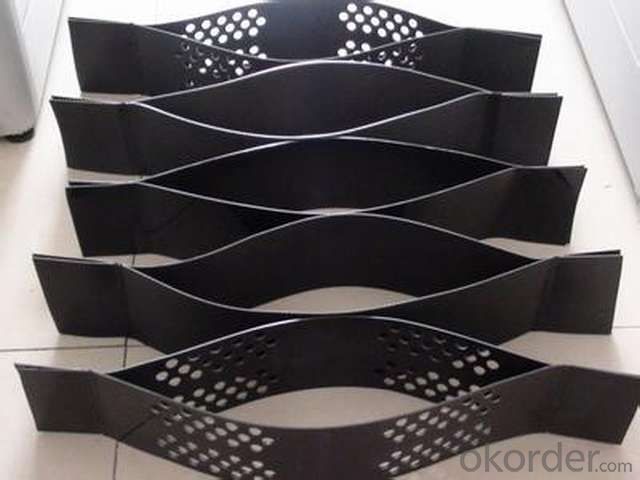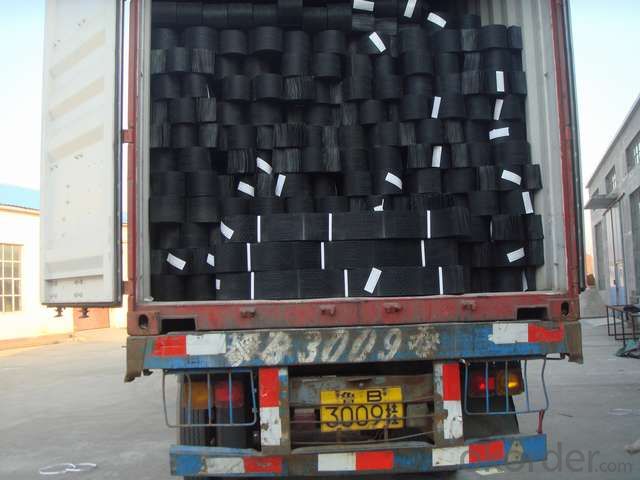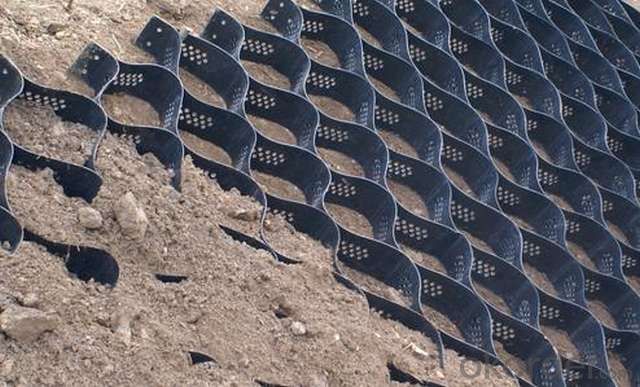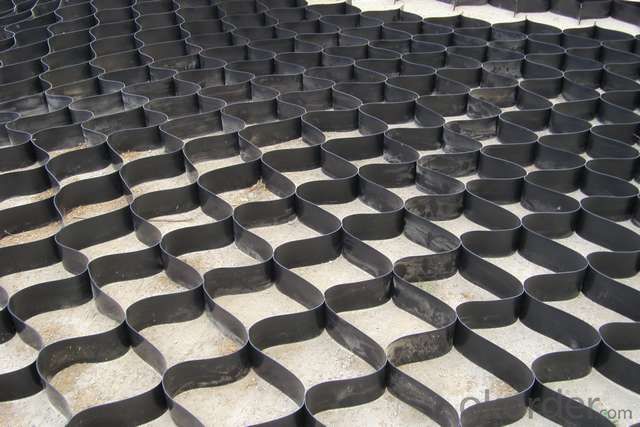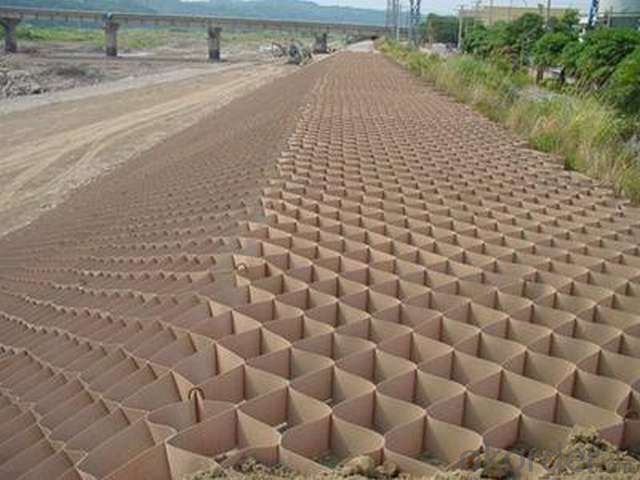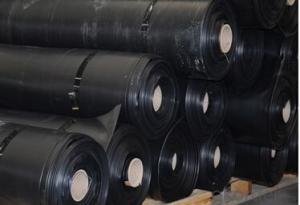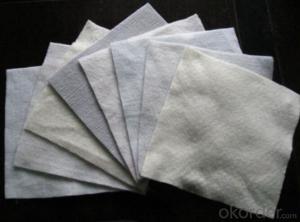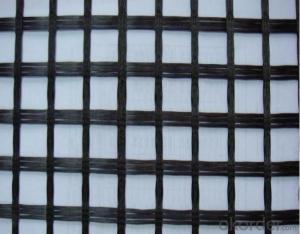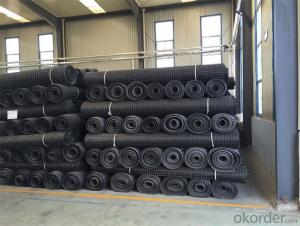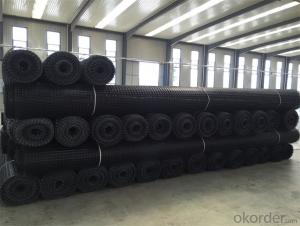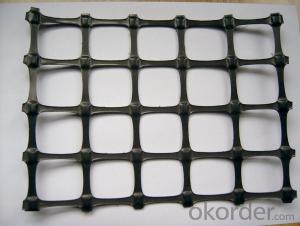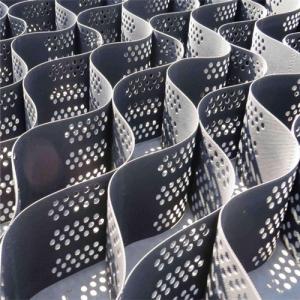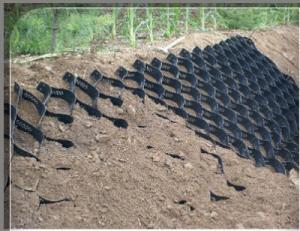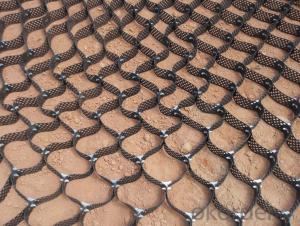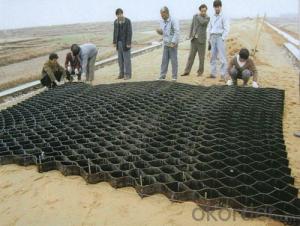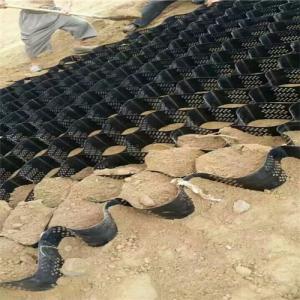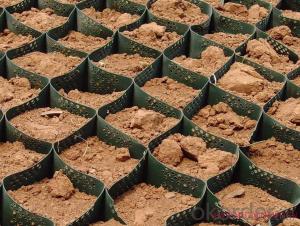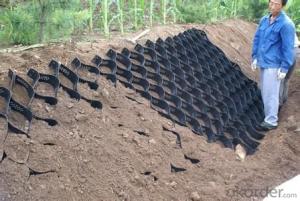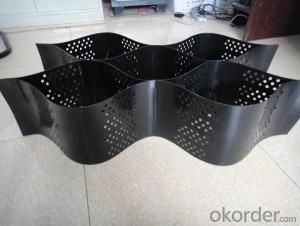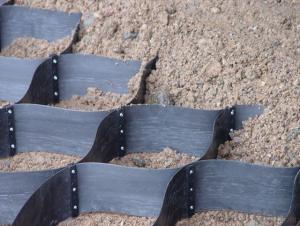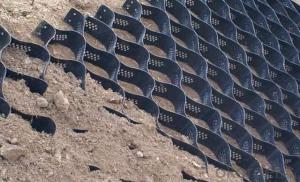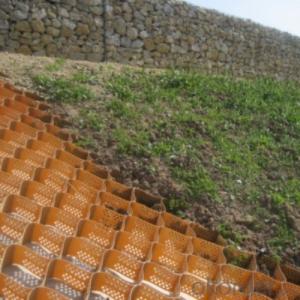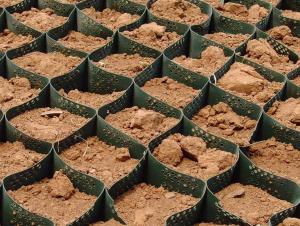Neoloy Geocells for High Quality HDPE Retaining Wall
- Loading Port:
- Qingdao
- Payment Terms:
- TT or L/C
- Min Order Qty:
- 10000 m²
- Supply Capability:
- 45000 m²/month
OKorder Service Pledge
OKorder Financial Service
You Might Also Like
High Quality HDPE Geocell for Retaining Wall
Geocell Cellular Confinement System
1.Welding distance:330-1000mm
2.Height:50-250mm
3.Textured or Smooth surface
4.Color: black,brown,green
we are one of the largest geocell factory in China.
Specification of High Quality HDPE Geocell for Retaining Wall
Polymer Density | High Density Polyethylene with density of 0.935 - 0.965 g/cm3 ASTM D 1505 |
Environmental Stress Crack Resistance | > 4000 hours ASTM D 1693 |
Carbon Black Content | Carbon black content 1.5% - 2.0% ASTM D 1603 |
Sheet Thickness | Smooth:1.1mm,1.2mm,textured:1.5mm ASTM D 5199 |
Cell Details | welding distance:330-1000mm |
Cell Depth | 50-250mm |
Seam Peel Strength | As per US Army Corps of Engineer's Report GL-86-19 Appendix A |
Seam Hang Strength | A 100mm wide seam sample supports a 72.5 kg load for a minimum of 30 days in an ambient room temperature environment. |
Certification | CE ,ISO |
Perforated or not are all ok .
Size can be made in accordance with your need.
Applications:
*Erosion Control
*Load Support
*Slope Protection
*Channel Protection
*Retaining Wall
*Ground Stabilisation
now most of our products are exported to Russia, Poland, Turkey, USA, UK, and etc.
As for other specification, you may contact me directly for further information.
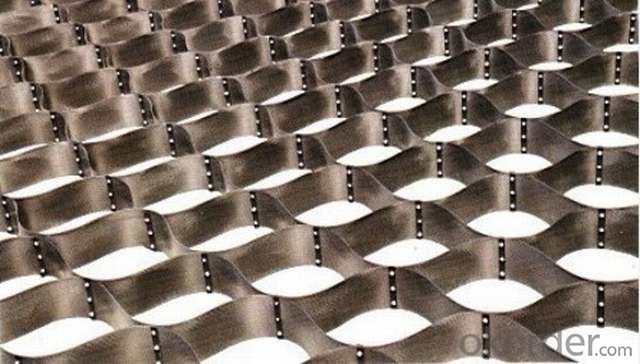
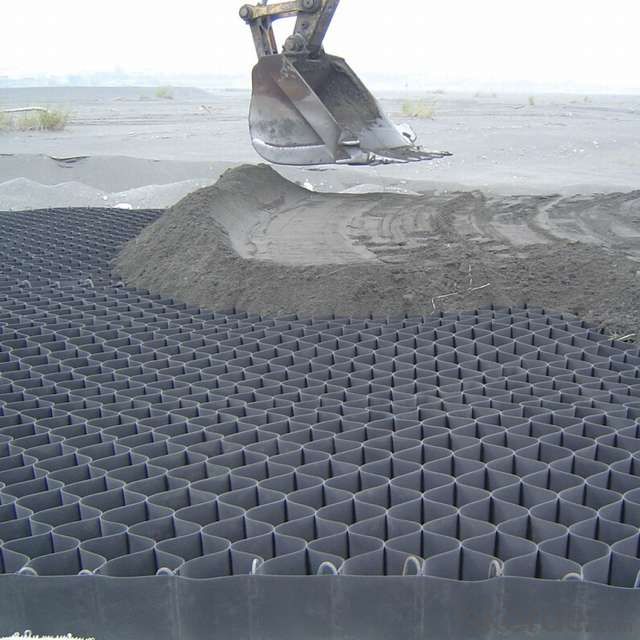
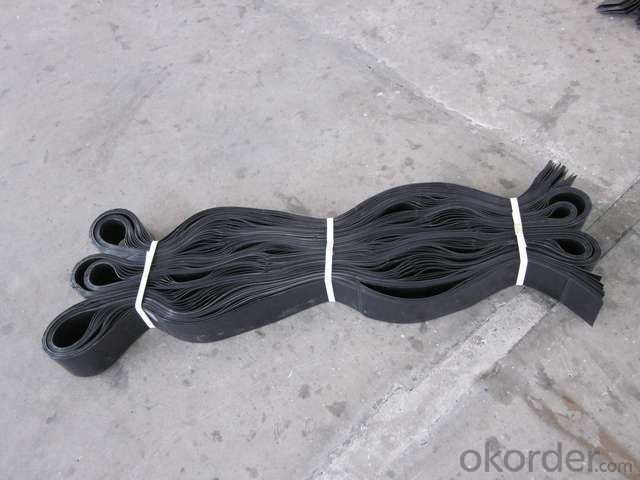
FAQ
Q: What kind of payments does support?
A: T/T, L/C, Cash are accepted.
Q: Do you charge for the samples?
A: Accordeing to our company policy, the samples are freee, we only charge the freight fee. And we will return the freight fee during the next order.
Q: Can you produce according to customers' design?
A: Sure, we are professional manufacturer, OEM and ODM are both welcome.
- Q: Can geocells be used in earthquake-prone areas?
- Yes, geocells can be used in earthquake-prone areas. Geocells are a type of cellular confinement system that provide soil stabilization and reinforcement. They can be used to strengthen the ground and mitigate the effects of seismic activity. By confining and reinforcing the soil, geocells can improve the stability and load-bearing capacity of the ground, making it more resistant to earthquake-induced ground shaking and liquefaction. Additionally, geocells can be filled with aggregate materials that offer better drainage and allow for effective soil compaction, further enhancing their suitability for earthquake-prone areas.
- Q: What is the geocell in the geocell
- Geotextile industry technical standards are GB / T19274-2003 sheet tensile strength ≥ 20MPa welding tensile strength ≥ 100N / cm
- Q: Can geocells be used for wetland rehabilitation?
- Yes, geocells can be used for wetland rehabilitation. Geocells are three-dimensional cellular confinement systems that can provide structural support and stability to wetland areas. They can help prevent erosion, promote vegetation growth, and enhance the overall ecological function of wetlands. By confining soil and preventing its displacement, geocells create a stable foundation for wetland vegetation and can help restore and rehabilitate degraded wetland areas.
- Q: Can geocells be used in soil reinforcement for underground tunnels?
- Yes, geocells can be used in soil reinforcement for underground tunnels. Geocells are three-dimensional honeycomb-like structures made of high-density polyethylene (HDPE) that can be filled with soil or other granular materials. They provide stability and reinforce the soil, preventing it from shifting or collapsing during tunnel construction. Geocells also enhance the load-bearing capacity of the soil, making them a reliable solution for soil reinforcement in underground tunnels.
- Q: Can geocells be used in underground storage systems?
- Yes, geocells can be used in underground storage systems. Geocells are flexible, lightweight structures made from interconnected cells filled with soil, sand, or other infill materials. They can provide structural support and stabilization to underground storage systems, such as tanks or vaults, by preventing soil erosion, enhancing load distribution, and reinforcing the surrounding soil. Geocells also improve the overall performance and longevity of underground storage systems by reducing settlement and increasing their load-bearing capacity.
- Q: Can geocells be used in flood control projects?
- Yes, geocells can be used in flood control projects. Geocells are three-dimensional, honeycomb-shaped structures made of high-density polyethylene (HDPE) that can be filled with various materials like soil, sand, or gravel. These cells provide stability and erosion control, making them effective in preventing soil erosion and reducing water flow velocity during floods. Additionally, geocells can be used to construct temporary or permanent barriers, channels, or embankments, helping to redirect water and protect vulnerable areas during flood events.
- Q: How do geocells improve the stability of foundations?
- Geocells improve the stability of foundations by providing a reinforced and stable base for construction. The honeycomb-like structure of geocells helps distribute the load evenly and prevents lateral movement of soil particles. This increased stability reduces the risk of foundation settlement, prevents soil erosion, and improves the overall performance and longevity of the foundation.
- Q: Are geocells suitable for use in parking lot construction?
- Yes, geocells are suitable for use in parking lot construction. Geocells provide a stable and durable base for parking lots by preventing soil erosion, increasing load-bearing capacity, and improving overall performance of the pavement. They offer cost-effective and sustainable solutions for constructing parking lots with enhanced stability and longevity.
- Q: How are geocells used in stormwater management?
- Geocells are used in stormwater management to provide a stable and permeable surface for the detention and filtration of stormwater runoff. They can be installed in various applications such as retaining walls, slope stabilization, and green infrastructure projects to prevent erosion, promote infiltration, and reduce the volume and velocity of stormwater flow.
- Q: Are geocells resistant to chemical degradation?
- Yes, geocells are generally resistant to chemical degradation. They are typically made from high-density polyethylene (HDPE) or similar materials that are resistant to a wide range of chemicals, including acids, alkalis, and hydrocarbons. This chemical resistance allows geocells to maintain their structural integrity and performance in various environmental conditions.
1. Manufacturer Overview
| Location | Taian City,Shandong Province,China |
| Year Established | 2003 |
| Annual Output Value | Above US$100 Million |
| Main Markets | Africa, North America, Eastern Europe, South Asia, Western Europe |
| Company Certifications | ISO9001;IS014001 Certificate |
2. Manufacturer Certificates
| a) Certification Name | |
| Range | |
| Reference | |
| Validity Period |
3. Manufacturer Capability
| a) Trade Capacity | |
| Nearest Port | Qingdao Port;Tianjing Port;Shanghai Port |
| Export Percentage | |
| No.of Employees in Trade Department | 21-30 People |
| Language Spoken: | English; Chinese; |
| b) Factory Information | |
| Factory Size: | 10,000-30,000 square meters |
| No. of Production Lines | Above 10 |
| Contract Manufacturing | Geotechnical Material (Geogrid,Fiberglass/Polyester Geogrid;Geocell;Geonet and Geomat;Plastic Safety Fence);Plastics products;Rubber products;Geotextile;Carpet;Compound geomembrane |
| Product Price Range | Average |
Send your message to us
Neoloy Geocells for High Quality HDPE Retaining Wall
- Loading Port:
- Qingdao
- Payment Terms:
- TT or L/C
- Min Order Qty:
- 10000 m²
- Supply Capability:
- 45000 m²/month
OKorder Service Pledge
OKorder Financial Service
Similar products
Hot products
Hot Searches
Related keywords
